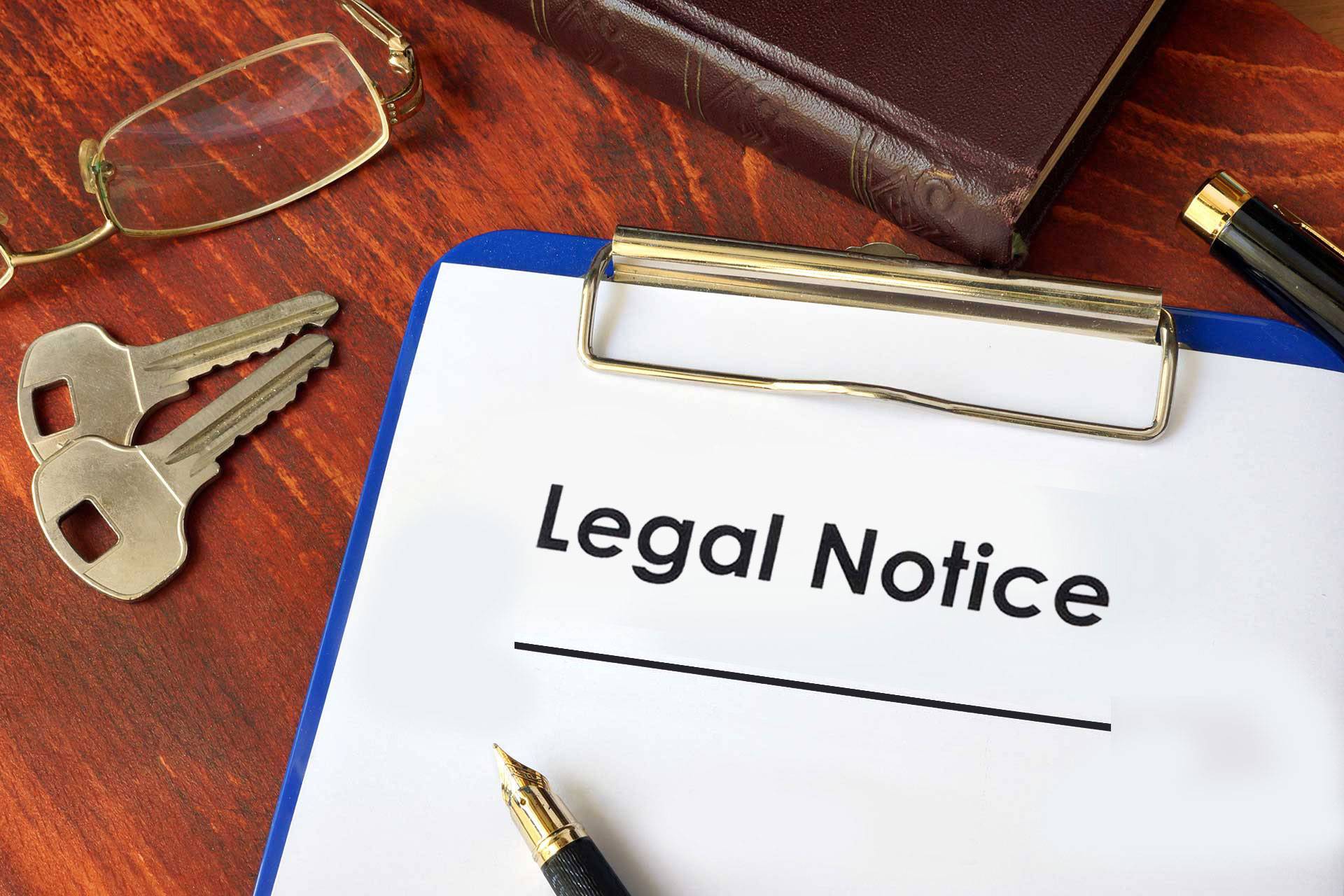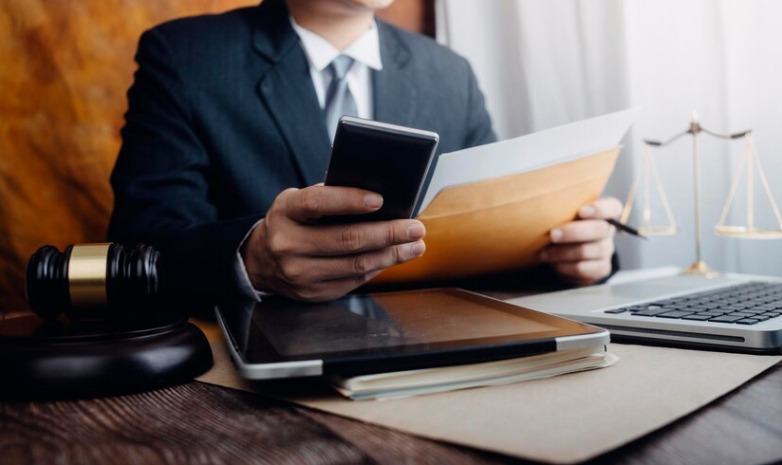Introduction
In today’s complex world, financial transactions are an integral part of our lives. Whether it’s lending money, providing goods or services, or entering into contracts, there is always a risk of non-payment or breach of agreement. When these situations occur, a legal recovery notice becomes an important tool to assert one’s rights and seek recourse. In this article, we will explore the concept of a legal recovery notice, its purpose, and how it can be effectively used to resolve disputes.
What is a Legal Recovery Notice?
A legal recovery notice, also known as a demand letter or a notice of intent. Is a formal communication sent by one party to another to demand the fulfillment of a legal obligation. It serves as a prelude to legal action and gives the recipient an opportunity to rectify the situation before resorting to litigation. The purpose of a recovery notice is to assert one’s rights, seek resolution. And potentially avoid the time, expense, and uncertainty associated with a lawsuit.
Key Components of a Legal Recovery Notice
- Clear identification of parties: The notice should clearly identify the sender and the recipient. Include their names, addresses, contact details, and any relevant identification numbers or references.
- Description of the issue: Provide a concise and accurate description of the issue. Including the nature of the legal obligation, the facts of the matter, and any relevant dates or references to agreements or contracts.
- Specific demands: Clearly state the specific demands or remedies sought, such as payment of a certain amount, performance of a particular action, or cessation of a certain behavior. Be specific about the timeline within which the demands should be fulfilled.
- Supporting documentation: Attach any relevant supporting documents. Such as invoices, contracts, correspondence, or evidence of non-compliance, to substantiate the claim being made.
- Consequences of non-compliance: Make the recipient aware of the potential consequences of non-compliance with the demands set forth in the notice. This may include mentioning the possibility of legal action, additional costs, or damage to their reputation.
Writing an Effective Legal Recovery Notice
To ensure the effectiveness of a legal recovery notice, it is crucial to follow certain best practices:
- Be professional and concise: Use a professional tone and avoid emotional language or personal attacks. Be concise and to the point, clearly conveying the purpose and demands of the notice.
- State relevant legal rights and remedies: Familiarize yourself with the applicable laws and rights related to the issue at hand. Reference these legal provisions in the notice to strengthen your position and convey seriousness.
- Seek legal advice if necessary: If you are unfamiliar with the legal aspects of the matter or if the amount involved is significant. It is advisable to consult with a lawyer to ensure the notice is drafted appropriately.
- Maintain records: Keep copies of all correspondence, including the notice itself, delivery receipts, and any responses received. These records will be important if legal action becomes necessary.
What Is a Legal Recovery Notice for?
A legal recovery notice serves several purposes in the context of resolving disputes. And seeking recourse for non-compliance with a legal obligation. Here are some common situations where a legal recovery notice may be used:
- Debt recovery: If an individual or business owes you money and has failed to make the payment despite reminders or discussions. A recovery notice can be sent to demand payment within a specified timeframe. It serves as a formal reminder of the outstanding debt and warns of potential legal action if payment is not made.
- Breach of contract: When one party breaches a contract by failing to perform their obligations or violating the terms and conditions. You can issue a recovery notice to the defaulting party. The notice will typically outline the specific breach, demand performance. And allow the affected party to offer an opportunity for the breaching party to rectify the situation before pursuing legal action.
- Property damage or personal injury claims: If someone causes damage to your property or causes you harm. And they have not taken responsibility or provided compensation, a recovery notice can be sent to seek reimbursement or settlement. The notice may include evidence of the damage or injury and demand compensation within a specified timeframe.
- Copyright or intellectual property infringement: If someone has used your copyrighted material, trademarks. Or intellectual property without permission, a recovery notice can be sent to assert your rights and demand the cessation of the unauthorized use. The notice may also demand compensation for any damages incurred.
Conclusion
A legal recovery notice is an effective tool for resolving disputes and seeking remedies in situations. When someone has not fulfilled a legal obligation. By clearly communicating demands, providing supporting documentation, and highlighting. The potential consequences of non-compliance, a recovery notice can often lead to a resolution without the need for formal litigation. However, it is important to approach the drafting and delivery of such a notice with care, seeking legal advice when necessary. Ultimately, a well-drafted recovery notice can assert one’s rights and pave the way for a fair and equitable resolution.



